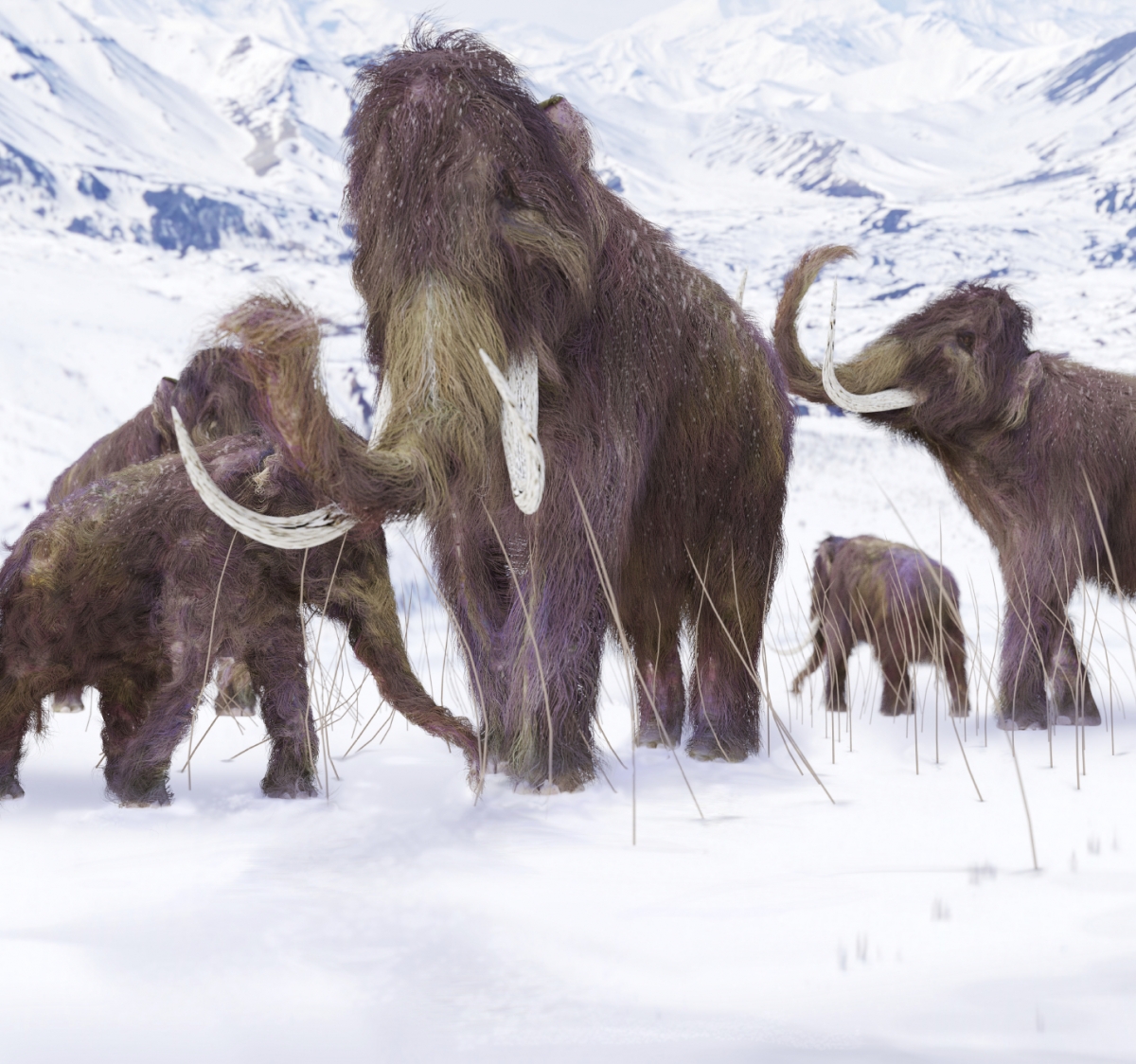 |
| (iStock) |
New research overturns the idea that more ecologically unique species are the most vulnerable.
Woolly mammoths, sabre-tooth tigers, the enormous armadillo-like Glyptodon and the fearsome dire wolves, as seen in Game of Thrones, all roamed the US and Canada in the past 50,000 years. They died in the megafaunal extinction in the Pleistocene period, and now scientists have dispelled an established theory of what factors made them vulnerable – it turns out that the animals' ecological uniqueness played no role in the extinctions.
Scientists have argued about why the extinctions happened, but not many have looked at how. A popular theory has been that the largest and most ecologically unique animals were the first to go. Now a study in the journal Proceedings of the Royal Society B finds otherwise. While size did affect whether an animal went extinct, their ecological uniqueness wasn't a factor.
"We didn't have data at a fine enough scale to ask this question before," study author Matt Davis of Aarhus University in Denmark told IBTimes UK. "We know we had woolly mammoths and things, but most of the time we didn't know exactly which species were around and when."
The key was trudging through a lot of books and museum collections to find the best dates for the extinctions of the North American megafauna, which hadn't been done on this scale. [...] ibtimes.co.uk







No hay comentarios:
Publicar un comentario